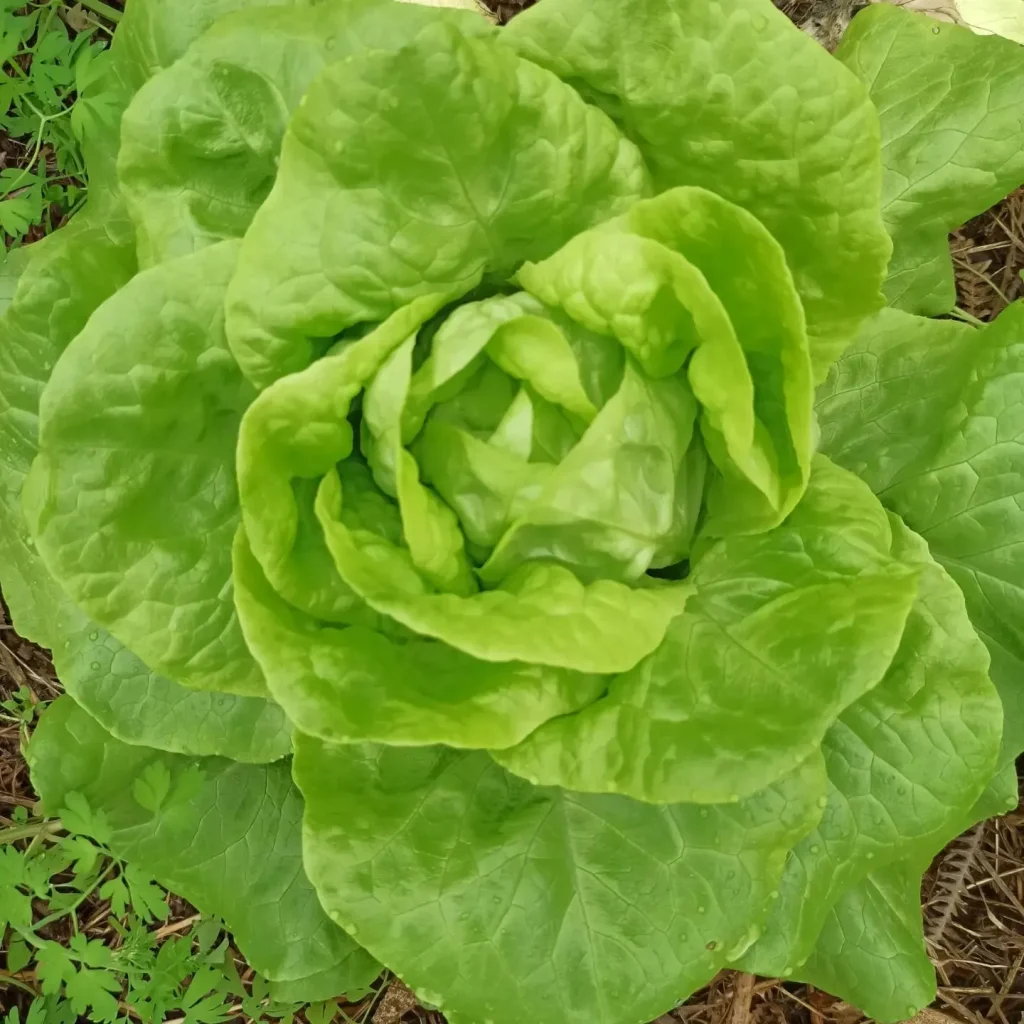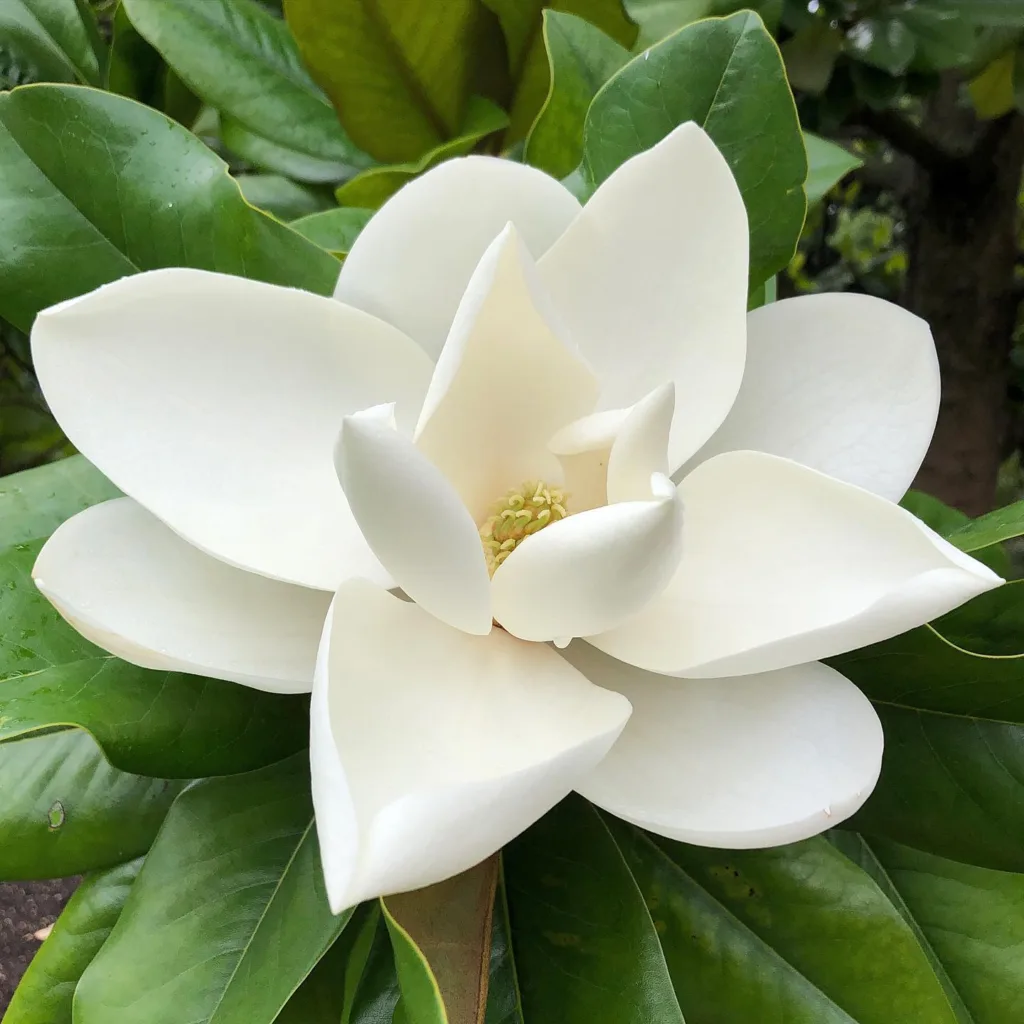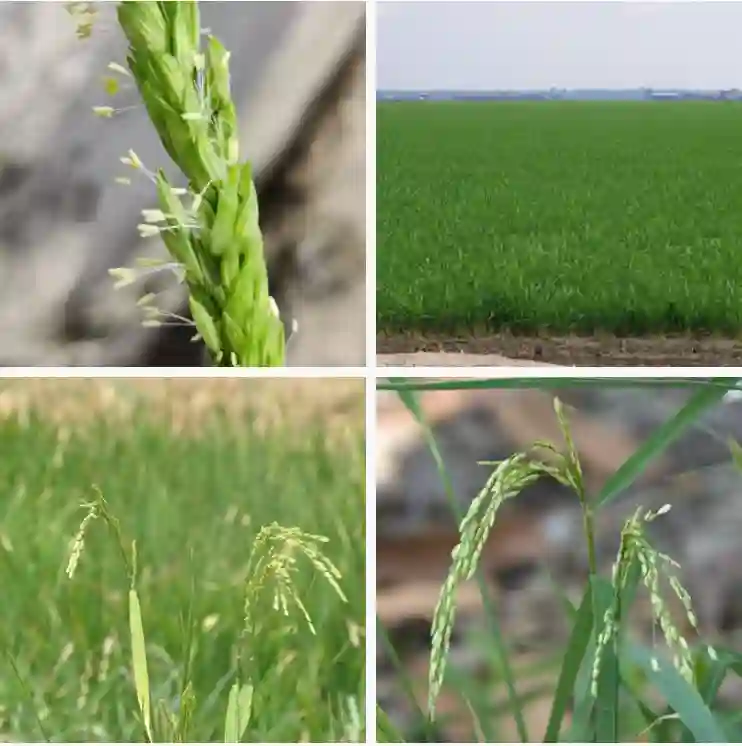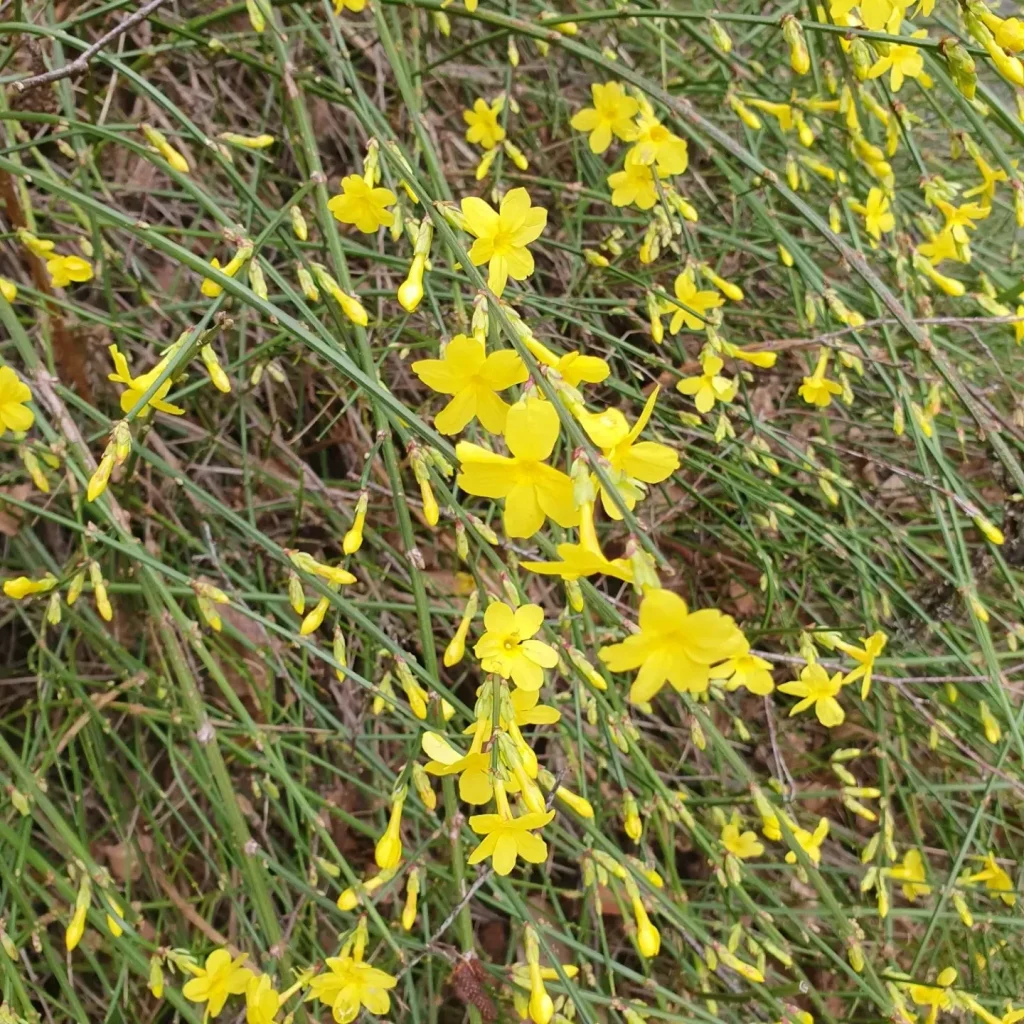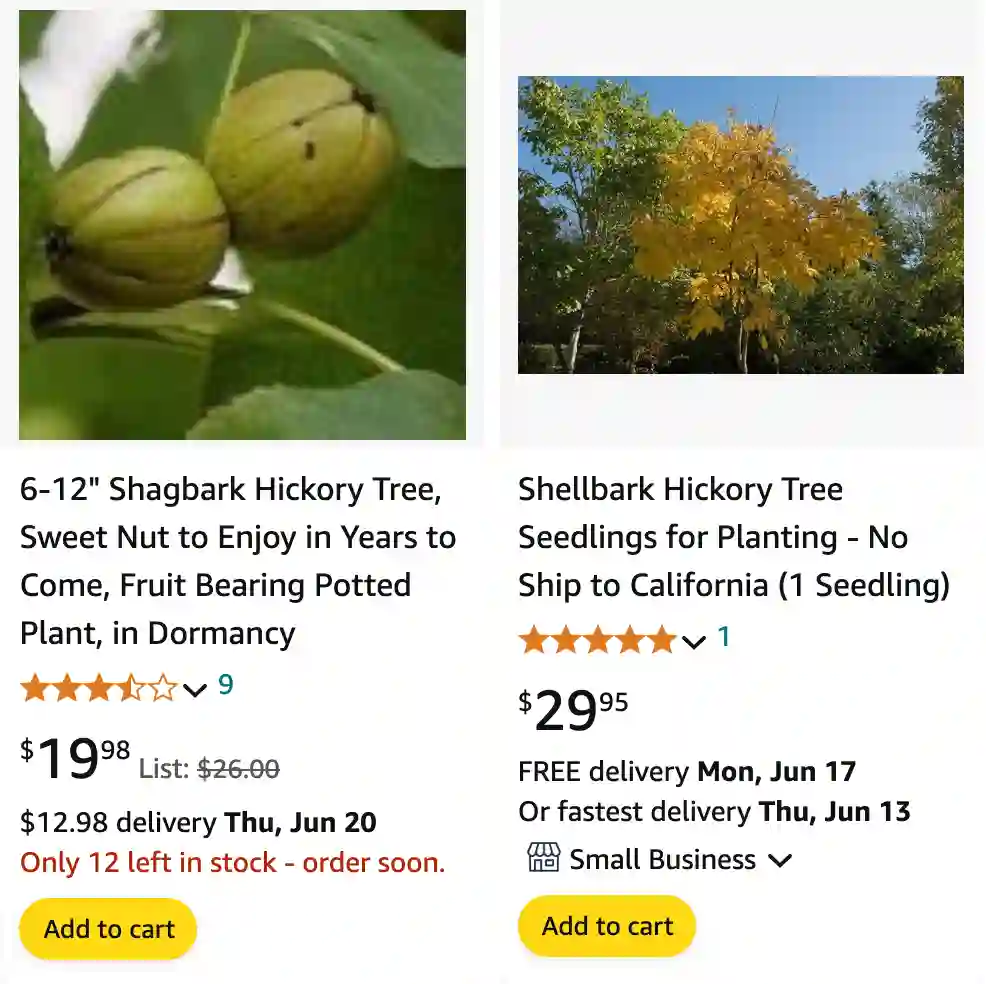
Cracking the Code of Hickories: A Guide from Ferb Vu
Hickory trees, with their towering presence and strong wood, have captivated me for years. These giants of the eastern North American forests hold a special place in my heart, and I often get bombarded with questions about them. So, I decided to crack the code of Hickories and share some insights I’ve gathered through research and personal observation.
What Does a Hickory Tree Look Like?
Imagine a towering sentinel with a rough, almost shaggy, bark. That’s the quintessential hickory. Their bark, typically a dark gray or brown, develops deep furrows that split and peel upwards in a way that’s quite unique. The leaves are compound, meaning they consist of several smaller leaflets branching out from a central stem. These leaflets, usually 5 to 9 in number, have a distinctive lanceolate shape, tapering to a point at the tip. Come fall, hickory trees put on a dazzling display, with their leaves transforming into a vibrant shade of yellow.
Where Do Hickory Trees Grow?
Hickories are predominantly North American natives, with around 12 species thriving in the eastern part of the continent. They favor temperate forests, where they can bask in the dappled sunlight filtering through the canopy of taller trees. Some species, like the Water Hickory, can even tolerate wetter soils, while others, like the Mockernut Hickory, are champions of dry environments. Their presence signifies a healthy and diverse ecosystem.
How Fast Do Hickory Trees Grow?
Hickories are patient growers. Unlike some fast-growing poplars, they take their time, establishing a deep taproot system that anchors them firmly to the ground. The Bitternut Hickory is the speed demon of the bunch, but even that species takes its sweet time, putting on about 12 to 18 inches a year. This slow and steady growth translates into exceptional strength and durability in their wood, making them prized for crafting furniture, tool handles, and even flooring.
Do Hickory Trees Have Nuts?
Absolutely! Hickories are renowned for their large, edible nuts. These treasures are encased in a husk that splits open when mature, revealing the nut inside. The size and shape of the nut can vary depending on the species, but they all share a common characteristic – a hard shell that requires a bit of effort to crack open. But the reward for your persistence is a delicious kernel, rich in protein and healthy fats.
How to Grow a Hickory Tree from Nut?
Feeling adventurous? You can try your hand at growing your own hickory tree from a nut. Here’s the lowdown: Collect mature nuts in the fall, after the husk splits open naturally. Soak them in water for a couple of days to loosen the outer shell. Find a spot in your yard that mimics the hickory’s natural habitat – partial shade with well-drained soil. Plant the nut about an inch deep and keep the soil moist but not soggy. Germination can be slow, so be patient. With a little luck and some TLC, you might just witness the magic of a hickory tree sprouting from a humble nut.
Can You Eat Hickory Tree Nuts?
Yes, you can! But a word of caution – not all hickory nuts are created equal. The Shagbark Hickory, for instance, is known for its sweet and delicious kernels. However, some species, like the Bitternut Hickory, have nuts that live up to their name – they’re quite bitter and unpleasant to eat raw. If you’re unsure about the type of hickory tree you have, it’s best to err on the side of caution and avoid consuming the nuts.
Do Hickory Trees Produce Nuts Every Year?
Hickory trees, like many other nut-producing trees, follow a process called mast seeding. This means they don’t produce a bountiful harvest every year. Instead, they have cycles of heavy nut production followed by leaner years. This strategy helps to ensure the survival of the species by preventing squirrels and other foragers from depleting the nut supply entirely.
Do Hickory Trees Have Flowers?
Hickories may not boast showy blooms, but they do produce flowers in the spring. These inconspicuous flowers are small and greenish-yellow, arranged in clusters called catkins. While not particularly visually appealing, these catkins play a crucial role in the tree’s reproductive cycle, eventually giving rise to the coveted hickory nuts.
By understanding these aspects of hickory trees, you can appreciate them not just for their majestic stature but also for the ecological role they play and the delicious bounty they offer. So, the next time you encounter a hickory, take a moment to admire its strength, resilience, and the fascinating story it silently tells.
